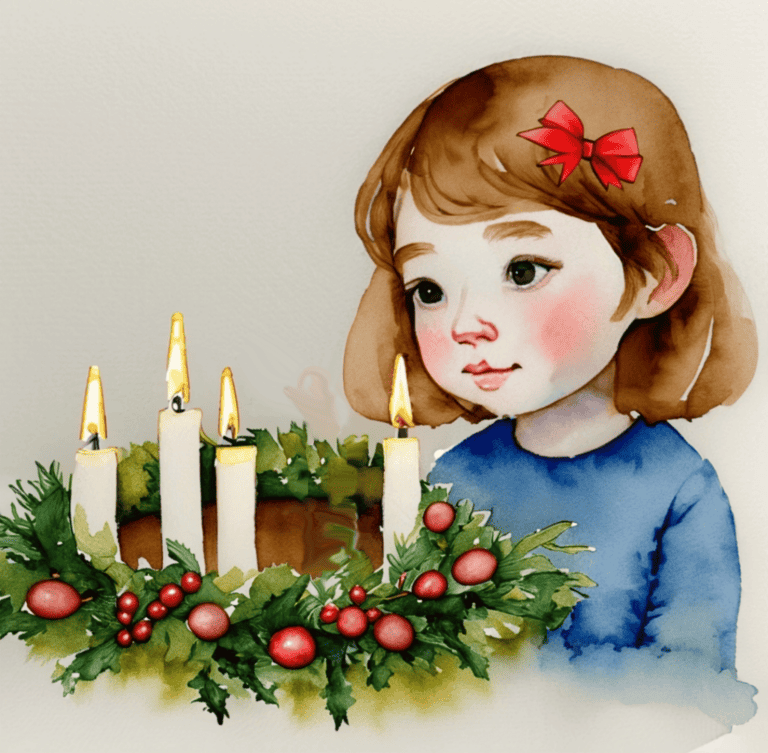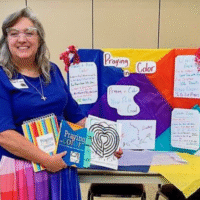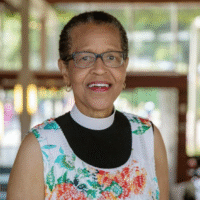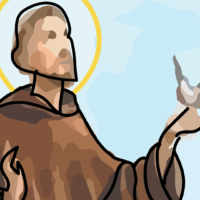I remember how, as a child, I felt like November and December were the most tedious months of the year. From the moment I stuffed my Halloween costume in the back of my closet, the countdown would begin.
Christmas was coming.
The time leading up to December 25 was intense for me as I waited for Christmas to come. The days progressed at the pace of molasses, and I felt like the harder I waited, the slower the moments went by.
Still, I look back on those days with fondness because now, as an adult, I see how my anxious childhood anticipation of Christmas maps onto my adult understanding of what it actually means to wait.
There is a sacredness to waiting, to be suspended in an unresolved holding pattern. This is that liminal space wherein I must truly reside and proactively engage with faith. Each year during Advent, I must trust that just as God prepared a humble place for Mary to give birth to our Savior, God is making a place for us as well.
The waiting of Advent is not passive. It’s teeming with promise and quiet preparation.
I love the symbolic, spacious language of John’s gospel:
The light shines in the darkness,
and the darkness
did not overcome it.
I’m a word person, so I notice how the first clause of John 1:5 is presented in the present tense – the light shines – and how the second clause is presented in the past tense – darkness did not overcome it. As I occupy this uncertain time of waiting, I find peace in the unwavering light that still shines today. The Light is eternal.
My anxiety, worry, and – if I’m being completely honest – hopelessness feel so imminent during periods of waiting and transition. Do you ever feel this way during this season of Advent? Our American culture tends to ignore Advent and moves directly into the wholesale joy of Christmas. We don’t often leave space for anything other than saccharine bliss during the winter holiday season, despite the fact that we’re confronted with injustice, grief, and vitriol each day.
I wonder how Mary felt as she waited for our Savior to be born. Surely that time for her was one of both great joy and anxiety. These two emotions are not mutually exclusive. We can hold them both. Perhaps, in naming that tension between joy and anxiety, we can develop greater empathy for the full, beautiful spectrum of humanity Jesus came to save.
I have a graphic tee shirt I bought a few years ago from a Memphis-based artist at a popup market. It’s an army green tee sporting a simple black design of a magnolia blossom and the text Waiting, Not Wilting. If you saw it, you probably wouldn’t think of it as a seasonal item of clothing like intentionally ugly Christmas sweaters or fleece pajamas adorned with snowflakes and reindeer. But it’s my Advent shirt. I wear it and remember that Christmas is coming, that Christ came two thousand years ago and never really left.
The discomfort we experience during the waiting period is already resolved by our Savior.

















